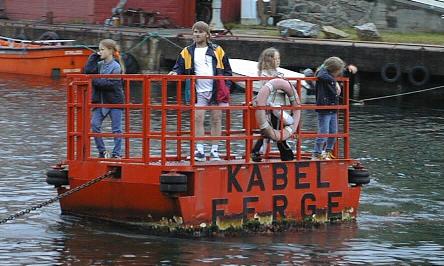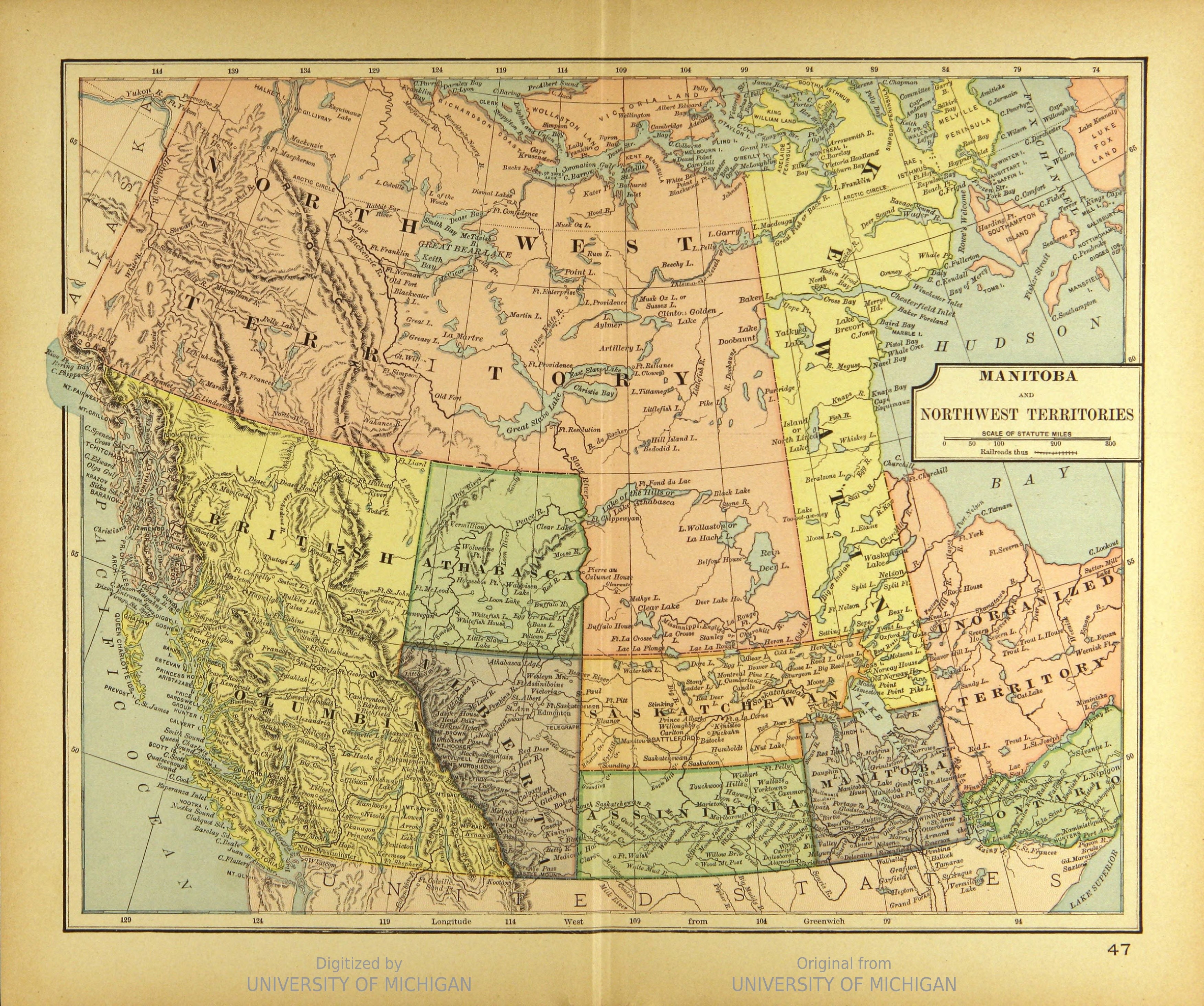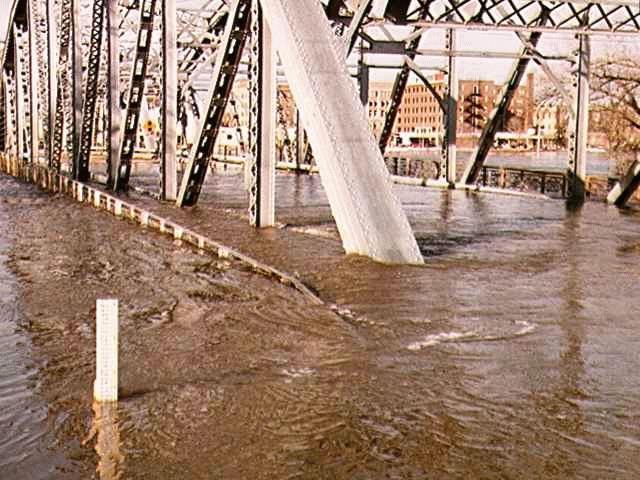|
Headingley, Manitoba
Headingley (sometimes spelled Headingly) is a rural municipality in Manitoba, Canada. It is located directly west of Winnipeg and had a population of 3,579 people as of the 2016 census. The Trans-Canada Highway and the Assiniboine River run through the municipality. The unincorporated community of Headingley is situated within the municipality along Manitoba Provincial Road 334 near the Trans-Canada Highway. The municipality takes its name from the suburb of Headingley in the city of Leeds in West Yorkshire, England. History The first permanent European residents of the present-day Headingley area are figured to have been Oliver Gowler (1814-1865) and his wife, Mary (Nee Lady Neville Braybrooke) (1816-1878), who came to Canada together in the fall of 1836, hired by the Hudson ’s Bay Company to work on their experimental farm at Red River. First owning a farm in Fort Garry in 1846, the Gowlers fled westward after the 1852 Red River flood, whereupon they begun the first fa ... [...More Info...] [...Related Items...] OR: [Wikipedia] [Google] [Baidu] |
Countries Of The World
The following is a list providing an overview of sovereign states around the world with information on their status and recognition of their sovereignty. The 206 listed states can be divided into three categories based on membership within the United Nations System: 193 member states of the United Nations, UN member states, 2 United Nations General Assembly observers#Present non-member observers, UN General Assembly non-member observer states, and 11 other states. The ''sovereignty dispute'' column indicates states having undisputed sovereignty (188 states, of which there are 187 UN member states and 1 UN General Assembly non-member observer state), states having disputed sovereignty (16 states, of which there are 6 UN member states, 1 UN General Assembly non-member observer state, and 9 de facto states), and states having a political status of the Cook Islands and Niue, special political status (2 states, both in associated state, free association with New Zealand). Compi ... [...More Info...] [...Related Items...] OR: [Wikipedia] [Google] [Baidu] |
Manitoba Highway 1
Provincial Trunk Highway 1 (PTH 1) is Manitoba's section of the Trans-Canada Highway. It is a heavily used, 4-lane divided highway, with the exception of a short 18 km section in the southeastern corner of the province. It is the main link between southern Manitoba's largest cities, and also serves as the province's main transportation link to the neighbouring provinces of Saskatchewan (to the west) and Ontario (to the east). The highway is the only major east-west divided highway in Manitoba, and carries a large majority of east-west traffic within and through the province. It has full freeway status sections at Portage la Prairie and Winnipeg. The total distance of the Trans-Canada Highway in Manitoba is approximately . PTH 1 is a very important part of the national highway system. It is the only road that links the province of Manitoba (and thus the entirety of Western Canada) with the province of Ontario, making it a major section of Canada's primary commercial and leisu ... [...More Info...] [...Related Items...] OR: [Wikipedia] [Google] [Baidu] |
Rope Ferry
A cable ferry (including the terms chain ferry, swing ferry, floating bridge, or punt) is a ferry that is guided (and in many cases propelled) across a river or large body of water by cables connected to both shores. Early cable ferries often used either rope or steel chains, with the latter resulting in the alternative name of chain ferry. Both of these were largely replaced by wire cable by the late 19th century. Types There are three types of cable ferry: the reaction ferry, which uses the power of the river to tack across the current; the powered cable ferry, which uses engines or electric motors (e.g., the Canby Ferry in the U.S. State of Oregon) to wind itself across; and the hand-operated type, such as the Stratford-upon-Avon chain ferry in the UK and the Saugatuck Chain Ferry in Saugatuck, Michigan, United States. Powered cable ferries use powered wheels or drums on board the vessel to pull itself along by the cables. The chains or wire ropes can be used with a suffic ... [...More Info...] [...Related Items...] OR: [Wikipedia] [Google] [Baidu] |
Parish
A parish is a territorial entity in many Christian denominations, constituting a division within a diocese. A parish is under the pastoral care and clerical jurisdiction of a priest, often termed a parish priest, who might be assisted by one or more curates, and who operates from a parish church. Historically, a parish often covered the same geographical area as a manor. Its association with the parish church remains paramount. By extension the term ''parish'' refers not only to the territorial entity but to the people of its community or congregation as well as to church property within it. In England this church property was technically in ownership of the parish priest ''ex-officio'', vested in him on his institution to that parish. Etymology and use First attested in English in the late, 13th century, the word ''parish'' comes from the Old French ''paroisse'', in turn from la, paroecia, the latinisation of the grc, παροικία, paroikia, "sojourning in a foreign ... [...More Info...] [...Related Items...] OR: [Wikipedia] [Google] [Baidu] |
1st Manitoba Legislature
The members of the 1st Manitoba Legislature were elected in the Manitoba general election held in December 1870, the first general election for the new province. The legislature sat from March 15, 1871, to December 16, 1874. Lieutenant Governor Adams George Archibald's "Government party" held the balance of power in the assembly with 17 seats. The Canadian Party, also known as the "Loyal party", led by John Christian Schultz, won 5 seats; they demanded swift punishment for the leaders of the Red River Rebellion. Henry Joseph Clarke served as government house leader in the assembly but Lieutenant Governor Archibald performed the functions of Premier. In December 1872, Alexander Morris replaced Archibald as Lieutenant Governor of Manitoba. In July 1874, a government led by Henry Joseph Clarke was defeated by a motion of non-confidence. Marc-Amable Girard was asked to form a government and was allowed to select the members of his cabinet, thus introducing responsible government to t ... [...More Info...] [...Related Items...] OR: [Wikipedia] [Google] [Baidu] |
James Cunningham (Manitoba Politician)
James Cunningham (ca 1817 – April 27, 1915) was a political figure in Manitoba. He represented Headingly from 1870 to 1874 in the Legislative Assembly of Manitoba. He was born in Fort Churchill (the ''Parliamentary Companion (1872)'' identifies his place of birth as Île-à-la-Crosse, Saskatchewan), the son of Patrick Cunningham, an employee of the Hudson's Bay Company. The family moved to Kildonan on the Red River in 1828 two years after the death of his father. Cunningham married Sarah, the daughter of Alexander Ross. He lived in Headingley and also in Poplar Point. He later married Letitia Pritchard following the death of his first wife. Cunningham was defeated by John Taylor in the first general election held in the province, but was later declared elected after some votes were declared invalid. Cunningham died at Somerset ( en, All The People of Somerset) , locator_map = , coordinates = , region = South West England , established_date = Ancient , es ... [...More Info...] [...Related Items...] OR: [Wikipedia] [Google] [Baidu] |
Western Canada
Western Canada, also referred to as the Western provinces, Canadian West or the Western provinces of Canada, and commonly known within Canada as the West, is a Canadian region that includes the four western provinces just north of the Canada–United States border namely (from west to east) British Columbia, Alberta, Saskatchewan and Manitoba. The people of the region are often referred to as "Western Canadians" or "Westerners", and though diverse from province to province are largely seen as being collectively distinct from other Canadians along cultural, linguistic, socioeconomic, geographic, and political lines. They account for approximately 32% of Canada's total population. The region is further subdivided geographically and culturally between British Columbia, which is mostly on the western side of the Canadian Rockies and often referred to as the " west coast", and the "Prairie Provinces" (commonly known as "the Prairies"), which include those provinces on the easter ... [...More Info...] [...Related Items...] OR: [Wikipedia] [Google] [Baidu] |
Red River Floods
The Red River floods refer to the various flooding events in recent history of the Red River of the North, which forms the border between North Dakota and Minnesota and flows north, into Manitoba. Around 16% of the Red River Basin, Red River basin, excluding the Assiniboine River, Assiniboine basin, is located in Canada; the remainder is within The Dakotas and Minnesota. List of floods Notable floods include the: *1826 Red River flood — the largest known in the Red River Valley. *1852 Red River flood *1861 Red River flood *1882 Red River flood *1897 Red River flood *1916 Red River flood *1945 Red River flood *1950 Red River flood — the largest flood in the Red River Valley since 1861. Major flooding took place in Winnipeg and the Red River Valley in April, May, and June. *1966 Red River floodCame, Barry, Dale Eisler, Jake Macdonald, and Jane Stewart. 2003 March 17.Red River Flood" ''The Canadian Encyclopedia'' (last edited 2015 March 22). *1969 Red River flood *1970 Re ... [...More Info...] [...Related Items...] OR: [Wikipedia] [Google] [Baidu] |
Fort Garry
Fort Garry, also known as Upper Fort Garry, was a Hudson's Bay Company trading post at the confluence of the Red and Assiniboine rivers in what is now downtown Winnipeg. It was established in 1822 on or near the site of the North West Company's Fort Gibraltar established by John Wills in 1810 and destroyed by Governor Semple's men in 1816 during the Pemmican War. Fort Garry was named after Nicholas Garry, deputy governor of the Hudson's Bay Company. It served as the centre of fur trade within the Red River Colony. In 1826, a severe flood destroyed the fort. It was rebuilt in 1835 by the HBC and named Upper Fort Garry to differentiate it from "the Lower Fort," or Lower Fort Garry, 32 km downriver, which was established in 1831. Throughout the mid-to-late 19th century, Upper Fort Garry played a minor role in the actual trading of furs, but was central to the administration of the HBC and the surrounding settlement. The Council of Assiniboia, the administrative and judicial b ... [...More Info...] [...Related Items...] OR: [Wikipedia] [Google] [Baidu] |
Red River Settlement
The Red River Colony (or Selkirk Settlement), also known as Assinboia, was a colonization project set up in 1811 by Thomas Douglas, 5th Earl of Selkirk, on of land in British North America. This land was granted to Douglas by the Hudson's Bay Company in the Selkirk Concession. It included portions of Rupert's Land, or the watershed of Hudson Bay, bounded on the north by the line of 52° N latitude roughly from the Assiniboine River east to Lake Winnipegosis. It then formed a line of 52° 30′ N latitude from Lake Winnipegosis to Lake Winnipeg, and by the Winnipeg River, Lake of the Woods and Rainy River. West of the Selkirk Concession, it is roughly formed by the current boundary between Saskatchewan and Manitoba. These covered portions consisted of present-day southern Manitoba, northern Minnesota, and eastern North Dakota, in addition to small parts of eastern Saskatchewan, northwestern Ontario, and northeastern South Dakota. The lands south of the 49th parallel n ... [...More Info...] [...Related Items...] OR: [Wikipedia] [Google] [Baidu] |
Hudson's Bay Company
The Hudson's Bay Company (HBC; french: Compagnie de la Baie d'Hudson) is a Canadian retail business group. A fur trading business for much of its existence, HBC now owns and operates retail stores in Canada. The company's namesake business division is Hudson's Bay, commonly referred to as The Bay ( in French). After incorporation by English royal charter in 1670, the company functioned as the ''de facto'' government in parts of North America for nearly 200 years until the HBC sold the land it owned (the entire Hudson Bay drainage basin, known as Rupert's Land) to Canada in 1869 as part of the Deed of Surrender, authorized by the Rupert's Land Act 1868. At its peak, the company controlled the fur trade throughout much of the English- and later British-controlled North America. By the mid-19th century, the company evolved into a mercantile business selling a wide variety of products from furs to fine homeware in a small number of sales shops (as opposed to trading posts) acros ... [...More Info...] [...Related Items...] OR: [Wikipedia] [Google] [Baidu] |
England
England is a country that is part of the United Kingdom. It shares land borders with Wales to its west and Scotland to its north. The Irish Sea lies northwest and the Celtic Sea to the southwest. It is separated from continental Europe by the North Sea to the east and the English Channel to the south. The country covers five-eighths of the island of Great Britain, which lies in the North Atlantic, and includes over 100 smaller islands, such as the Isles of Scilly and the Isle of Wight. The area now called England was first inhabited by modern humans during the Upper Paleolithic period, but takes its name from the Angles, a Germanic tribe deriving its name from the Anglia peninsula, who settled during the 5th and 6th centuries. England became a unified state in the 10th century and has had a significant cultural and legal impact on the wider world since the Age of Discovery, which began during the 15th century. The English language, the Anglican Church, and Engli ... [...More Info...] [...Related Items...] OR: [Wikipedia] [Google] [Baidu] |
.jpg)








